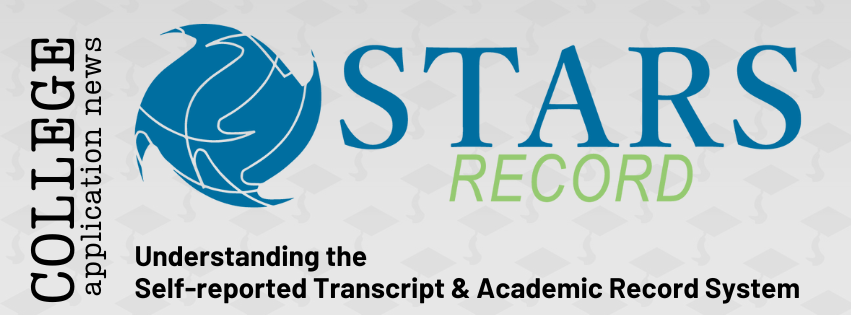November 9, 2025

The average student spends $38,270 per year on college expenses, including tuition, books, supplies, and living expenses. This number is even higher for students attending a private school where the average student spends $58,628.
College can be expensive, but it doesn’t need to be unreachable. With the support of financial aid, scholarships, and other funding opportunities, college can be something that anyone can pursue. In this blog, we’ll review some of those opportunities so you can plan ahead.
Grants and scholarships are financial awards that do not need to be repaid but are meant to support specific kinds of applicants. They may be intended to attract high-achieving students (e.g. those with high GPAs or test scores), those with particular skills (e.g. athletes, musicians), or those from a particular background that might be underrepresented in higher education.
Many grants and scholarships are advertised by colleges and universities themselves on their websites or can be found by talking to admissions counselors. Some colleges partner with scholarship platforms. In our area, students become familiar with Scholarship Universe because The Ohio State University, the University of Cincinnati, and the University of Kentucky all promote scholarships through Scholarship Universe.
Other outside scholarships require some searching. For instance, the National Elks National Foundation MVP Scholarship awards anywhere from $1,000 to $7,500 to high school students, taking into consideration their grade point average (GPA), work experience, extracurricular activities, community service, and financial need.
A second option for students is financial aid. The main way to secure need-based financial aid is through the FAFSA, which connects students to a vast network of scholarships, work-study programs, and federal loans that make college affordable. Applying gives students access to the largest possible source of aid to help pay for college. The average undergraduate applying for aid receives roughly $16,360.
Through FAFSA, students may gain access to Federal Pell Grants, which are awarded to undergraduate students with exceptional financial need and do not need to be repaid. They may also be connected to a federal work-study program, where they can seek part-time employment while enrolled to pay for college.
Lastly, they can gain access to subsidized or unsubsidized loans from the Department of Education. Subsidized loans refer to those where the Department of Education pays the interest while the student is in school and for the six months after graduation. An unsubsidized loan is one where the student borrower is responsible for paying all interest. These loans are used by many students and can be a vital resource in the college journey.
Families can plan ahead to pay for college through tuition and saving plans. The most common of these is called a 529 Plan, named after Section 529 of the Internal Revenue Code. The rules and fees vary from state to state, but 529 Plans are sponsored and run by all 50 states and the District of Columbia.
Most 529 plans are educational savings plans that allow the account owner (usually a parent or guardian) to open an investment account to save for the student’s qualified higher education expenses. Withdrawals are tax-free when used for college expenses.
While anyone can open a 529 account, they are most frequently operated by a student’s parent or guardian. A financial advisor can help you understand if a 529 Plan is right for you and your family.
Ultimately, making good financial decisions around college comes down to being aware of your options and planning ahead. Colleges will provide accepted students with financial aid packages and the Cost of Attendance (COA) before April 1. This will include set costs (tuition, fees, housing, and meal plans) as well as fluctuating costs like books and differential tuition. The financial information will also include average estimates of personal expenses such as transportation. Consider all expenses and understand if a college “locks” tuition for all four years.
Seniors, if you need help reading through the financial information provided by your college, we’re here to help answer any questions, but you also can call the college financial aid office with your questions.
For students in the Class of 2027 and beyond, college research and visits now could bring the cost of college down later. Early engagement is a game-changer. The college list determines what a student can do to maximize scholarships and afford the cost of college attendance. Research ahead of time can help students and families better understand the real costs of college and what can be done to make college more affordable.
If you want help in starting this process and creating a personalized college list, call us at 937-705-5113 to schedule your family’s consultation with a Class 101 today!!
Class 101 Dayton
937-705-5113

October 22, 2025
Posted 10/22/25 In HB 96, Ohio’s biannual budget bill passed earlier this year, the State of Ohio made a commitment to encourage more of Ohio’s top achieving students to stay in state for college. Announced in a webinar with high school administrators and high school counselors on October 22, the Ohio Guaranteed Admission Program is […]
Read More >
October 14, 2025
The FAFSA and CSS Profile are tools to connect students and families with financial aid. By understanding what each platform offers, students can maximize their opportunities to cut costs and make college affordable.
Read More >
September 24, 2025
STARS (the Self-reported Transcript and Academic Record System) is the new name for the SRAR/SSAR. It is a uniform online tool where students self-report their high school transcripts for colleges that request this information.
Read More >